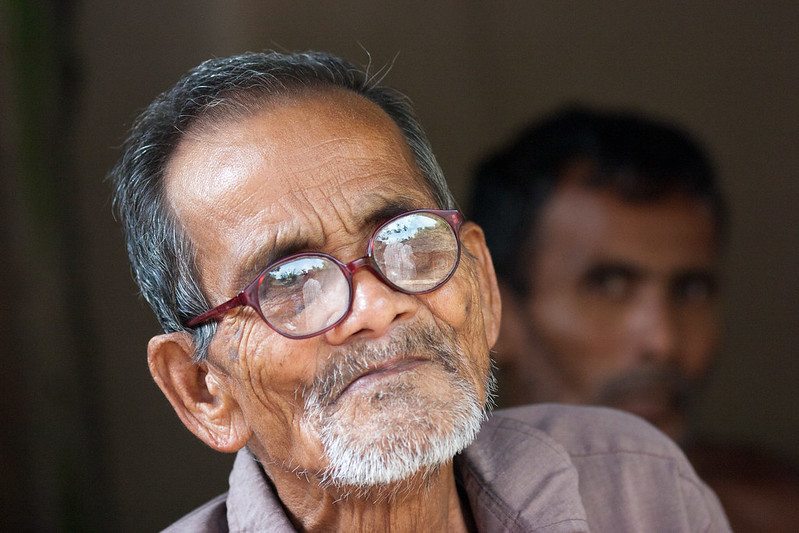Bangladesh’s Health Workers Restore Vision for 2 Million Adults
 Bangladesh’s health workers have played a pivotal role in improving community well-being. Community Health Workers (CHWs) have restored clear vision for 2 million adults in less than two decades. Since 2006, the social enterprise VisionSpring, in collaboration with BRAC Bangladesh, has trained 32,000 volunteers. These trained individuals bring primary diagnosis for presbyopia—a common cause of farsightedness in adults—to remote communities.
Bangladesh’s health workers have played a pivotal role in improving community well-being. Community Health Workers (CHWs) have restored clear vision for 2 million adults in less than two decades. Since 2006, the social enterprise VisionSpring, in collaboration with BRAC Bangladesh, has trained 32,000 volunteers. These trained individuals bring primary diagnosis for presbyopia—a common cause of farsightedness in adults—to remote communities.
Presbyopia is an age-related refractive vision error that makes it difficult to focus on subjects at a closer distance and affects income avenues. At the moment, 1.8 billion of the world’s population is affected by the epidemic. An estimated 826 million are close to visual impairment due to the lack of access to affordable vision correction.
Presbyopia in Bangladesh
One in every two adults in Bangladesh loses livelihood opportunities due to presbyopia, yet appropriate eyewear can significantly mitigate this impact. BRAC and VisionSpring have expanded their efforts to conduct vision tests and distribute spectacles across 61 of Bangladesh’s 64 districts through the Reading Glasses for Improved Livelihoods (RGIL) initiative.
This program has equipped volunteers with the skills to evaluate visual impairments in remote communities, provide affordable reading glasses and make referrals for advanced eye care to ophthalmologists and optometrists. These volunteers receive compensation based on the number of spectacles they distribute.
The Role of Bangladesh’s Health Workers
Moreover, community health workers lie at the heart of primary health care in rural Bangladesh, assisting with family planning, adolescent hygiene, vaccinations and safe antenatal and prenatal care. Health worker’s acceptance within communities fosters participation in the program. Regular visits create a feedback loop that allows for timely adjustments and sustained effectiveness.
Morseda Chowdhury, director of the BRAC Health Nutrition and Population Programme, lauds the contribution of community volunteers to this achievement. He states, “This is a perfect example of an effective public health intervention scalable in a low-resource setting. A multitasking CHW can be utilized to tackle a stubborn problem that impedes the quality of life as well as reduces productivity and thus the economic potential of a country.”
Vision Correction in Addressing Poverty
Vision impairment disproportionately affects poorer economies. In Europe, only 4% of the population experiences presbyopia, but in lower-income countries, up to 94% suffer from poor vision. Studies indicate that presbyopia decreases individuals’ quality of life by 22%. Adults with farsightedness face challenges in performing daily tasks, from winnowing grain and cooking food to maintaining hygiene.
A World Economic Forum survey reported that near-vision impairment affected the earnings of 23% of office workers in Bangladesh. The study also found that workers in Rwanda with poor vision faced termination three times faster than their counterparts. Additionally, 2011 research indicated that inadequate vision correction among the global working population under 50 contributed to an annual productivity loss of $11 billion.
A randomized control trial by VisionSpring, Orbis and Queen’s University Belfast observed a 21.7% increase in productivity among presbyopic tea pickers in India using corrective lenses. The success of the Reading Glasses for Improved Livelihoods (RGIL) program in Bangladesh has paved the way for lower- and middle-income countries to promote the distribution of reading glasses. This neglected yet affordable solution helps restore employment and reduce poverty in the global south.
– Soham Mitra
Photo: Flickr
